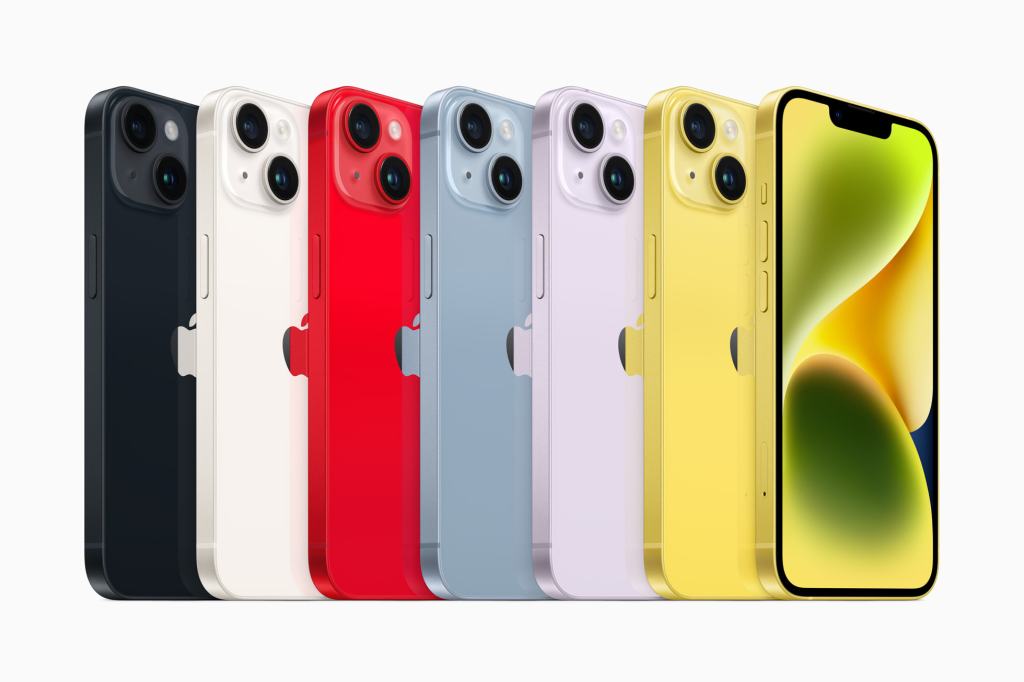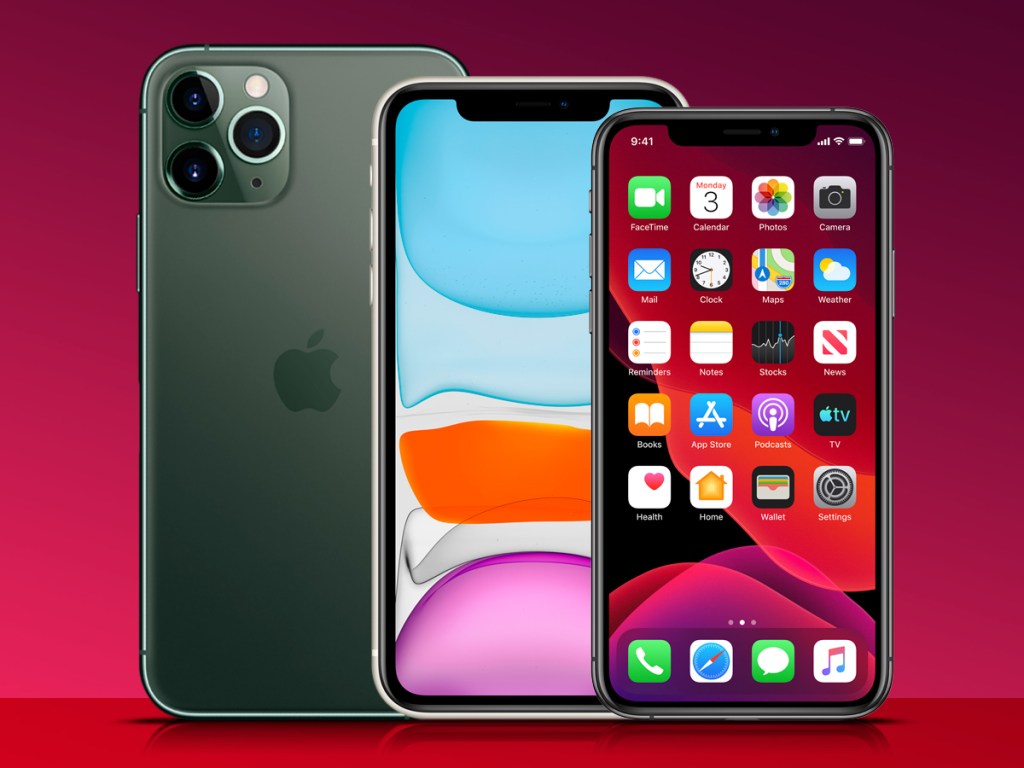iPhone 15 USB-C change: why did it happen and do I need a new charger?
What the EU-mandated switch to USB-C means for your smartphone

OK, so calling it “the great iPhone USB-C switch of ’23” is a little dramatic. But Apple’s decision to ditch the proprietary Lightning adaptor from its smartphones was still a big one.
Starting with the iPhone 15, virtually every new smartphone sold worldwide now uses the same charging cable. That’s great for consumers and good for the planet, as it cuts down on electronic waste.
Apple’s reasons for the swap are less altruistic, and more to do with an EU law that forces phone makers to use a common charging standard. The deadline for making the switch is December 2024. But with each new iPhone arriving like clockwork in September, that wouldn’t leave the firm with much wiggle room. Which is why starting with the iPhone 15 and the popular AirPods Pro 2 make so much sense.
Will it be a seismic shift for customers, though? That’s where things get a little complicated.
Why did the switch to USB-C happen?
In 2022, the European Union formally approved a ruling that all new smartphones sold should use a common charging standard. It also applies to tablets and digital cameras, gaming handhelds, keyboards and mice, portable speakers and headphones. The law is set to come into effect from December 2024. Laptops are then expected to also offer USB-C charging by early 2026.
The law is designed to reduce electronic waste. The intention is that shoppers re-use their existing chargers and cables when upgrading to new devices. An estimated 11,000 tons of e-waste could be eliminated. Customers could save on €250 million of unnecessary charger purchases, according to the EU.
Part of the ruling says “there shouldn’t be products on the market that are not compliant”. That means Apple would be forced to stop selling the iPhone 15 in Europe from December 2024 if it was fitted with a Lightning connector. That phone almost certainly be replaced by the iPhone 16 in September 2024, but the firm always keeps previous-gen handsets on sale for a year or two after launch as more affordable alternatives to the current model. This ruling would’ve messed up those plans. The iPhone 14 can’t be sold as the entry-level iPhone by then, either.
In theory Apple could make two versions of the iPhone. One with with USB-C for Europe (where a quarter of global iPhone production ends up), and one with Lightning for the US, Asia and other territories. That would create unnecessary costs that even a trillion-dollar company will want to avoid. So it’ll be USB-C for everyone.
Do you need a new charger?
iPhone 14, 13, 12 owners – probably not

All versions of the iPhone 14, iPhone 13 and iPhone 12 shipped with USB-C to Lightning cables in the box. So anyone upgrading to an iPhone 15 model from one of these handsets probably already has at least one USB-C charger somewhere at home. Apple continues to include charging cables with each iPhone (only now with USB-C to USB-C instead of USB-C to Lightning), so you won’t need to buy a new cable either.
USB-C is reversible, just like Lightning, so iPhone owners aren’t suddenly going to struggle to plug in their handset correctly on the first attempt. The upgrade will be as seamless as swapping a single cable.
iPhone 11 and older owners – maybe

The iPhone 11 was the last model to ship with a USB-A to Lightning cable in the box, so it’s possible anyone still using one doesn’t have a USB-C power brick to hand. In theory that means having to buy an adaptor – but the benefit of USB-C is that the standard has been around for years now.
If you own a recent iPad Air or iPad Pro, you’ll have a compatible power brick and cable already. The exception is the entry-level iPad, which remains on sale at the time of writing, though could be axed once Apple unveils its next-generation iPads. MacBooks, MacBook Airs and MacBook Pros from 2015 through to 2021 also use USB-C power, and while Apple has now switched to MagSafe charging, the power brick itself has a standard USB-C port; just swap the cables over and you’re good to go.
These power bricks all have enough wattage to charge an iPhone at its maximum rated speed, too – which is usually faster than most basic USB-C power bricks. And don’t forget that every phone since the iPhone 8 has supported wireless charging. It’s slower and less efficient than a cable, but if you have a charging pad to hand it’ll do the job just fine.
Of course that only takes Apple devices into account. If you have a Steam Deck, Nintendo Switch or other gaming handheld, a recent digital camera, or any modern smartphone, tablet or laptop from a non-Apple brand, you’ll have a compatible power adaptor to hand.
This isn’t the end for Lightning… yet
Because the EU’s upcoming common charger ruling covers more than just phones, many devices can’t have very long left until they are either phased out or replaced with versions equipped with USB-C.
Right now you can still buy a Magic Mouse 2, Magic Keyboard or Magic Trackpad for your Mac or MacBook; all three use Lightning. The AirPods Max headphones also have a Lightning connection too, though they are surely getting replaced soon.
While Apple has upgraded the AirPods Pro 2 with USB-C, the AirPods (3rd gen) are still around so maybe expect a 4th gen relatively soon. Surely the older 2nd generation AirPods will go end-of-life.
Then there’s the colossal market for third-party accessories with Lightning connectors. Anyone with a battery pack, selfie stick, external microphone or other gadget with Lightning will be out of luck overnight if they trade up for the new iPhone, but those happy to stick with an iPhone 14 or older for now won’t have any issues.
